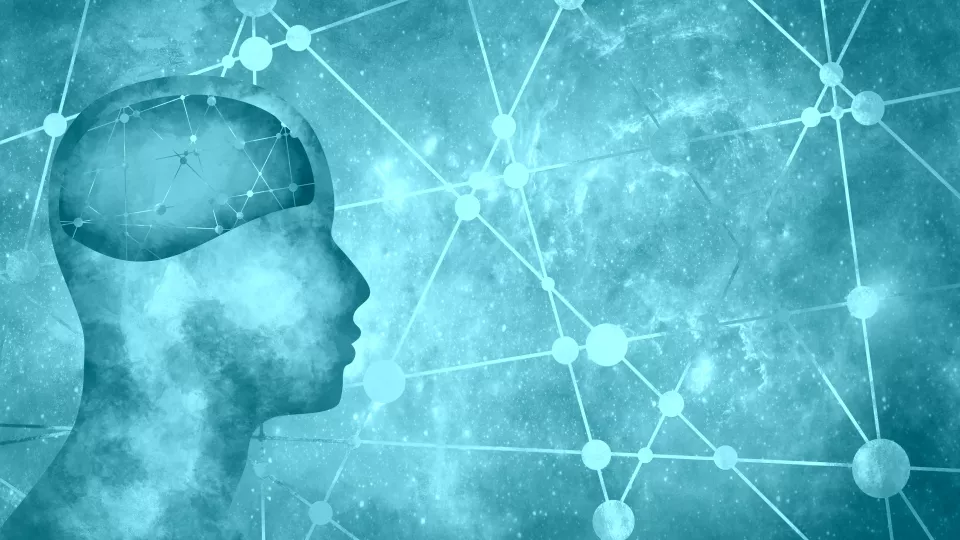Alzheimer’s and dementia are neurodegenerative diseases, meaning that nerve cells in the brain stop functioning and degrade continuously. According to the National Board of Health and Welfare, every year in Sweden up to 25 000 people contract a dementia disease, and mainly elderly people are affected.
The brain consists mainly of nerve cells and glial cells, previously called supporting cells, as they are the building blocks for everything in the brain apart from nerve cells. According to Henrik Ahlenius, the processes in the brain now appear to be much more complex, and one of the reasons is that it has been shown that several types of cell in the brain are involved in the function of nerve cells.
“One type of glial cells, astrocytes, which were previously thought to have a function as supporting tissue, have over the past ten years been shown to also control how nerve cells send their signals. It is now thought that these cells are important both in diseases and when everything is normal.”
In order to understand the processes in the brain and study the function of the brain’s various cells, experiments must be carried out using different combinations of nerve cells and supporting cells, and diseased and ageing cells must be examined. The aim, according to Henrik Ahlenius, is to develop a cell-based model for human nerve cell ageing and neurodegenerative diseases, such as Alzheimer’s
Now we can combine diseased and healthy cells and see how they work.
Henrik Ahlenius and his team are using several innovative technologies in their work. This includes the development of new methods for producing the brain’s different types of cell separately, from human embryonic stem cells in cell cultivations.
“When we change stem cells into nerve cells, we use methods that I was involved in developing when I was a visiting researcher in the USA”, says Henrik Ahlenius. “And we have just developed a new method that changes stem cells into astrocytes. The good thing about our new method is that we can produce astrocytes in a couple of weeks, whereas before it took up to six months. Now we also want to develop new methods for producing oligodendrocytes and microglia, which are other important types of cell in the brain.”
The research team obtains diseased and ageing cells by entering and modifying genes. Cells become diseased when certain mutations are inserted into embryonic stem cells – mutations that are known to be a cause of diseases such as Alzheimer’s and dementia. The research team is also developing methods for ageing cells by modifying genes that are involved in the ageing process. The modification means that certain genes – those corresponding to the ones in mice that have been shown to impede ageing – are turned off. Ultimately, the researchers hope to establish an experimental model which includes stem cells with genetic modifications that can be used to create aged and/or diseased brain cells.
“Now we can combine diseased and healthy cells and see how they work – how the disease mutations affect function. We are focusing a lot on the synapses, i.e. communication between the nerve cells. We combine nerve cells and astrocytes in order to see how they interact and how they are affected by the mutations. Using this approach, we can see, for example, if a diseased astrocyte changes a healthy nerve cell, or vice versa.
Henrik Ahlenius and his team have recently shown that this type of experimental model works in the case of a rare brain condition called Alexander disease. They are continuing to work on the model in order to study frontal lobe dementia and Alzheimer’s.
“I consider that the research we are doing here constitutes a basis for developing new treatment methods for age-related diseases of the brain. Once we know which cells are affected and how, and when we have developed methods for creating the cells that are damaged, we can begin to think about stem cell-based treatment for these illnesses as well.”

